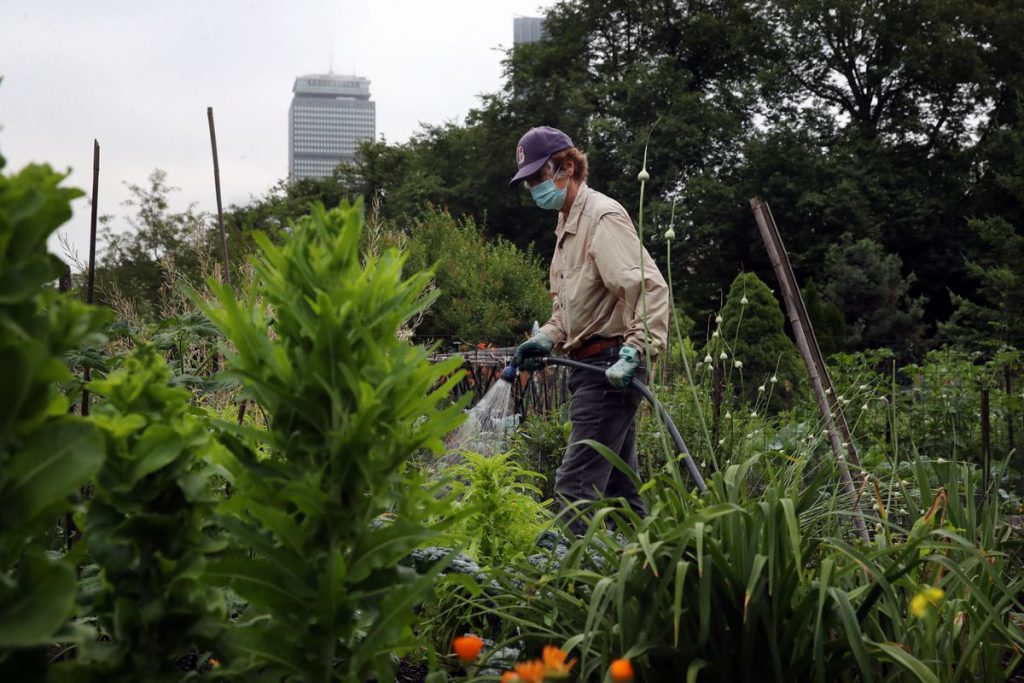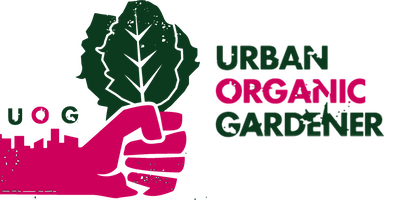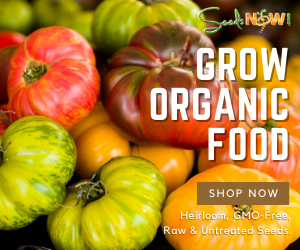
This sudden, shared urge to grow food in the middle of America’s cities intrigued us — enough to make an episode on urban agriculture, featured above. As the creators of a food podcast, we’re well aware of the harms caused by the intensive, industrial system of agriculture that feeds America, from the food miles racked up by the average spinach leaf to the underpaid farm workers who harvest it. Could the solution to these problems lie in diversifying where food is grown? Advocates claim that urban agriculture, which has been expanding in many ways in recent years, yields healthier diets, environmental benefits, and a host of more intangible outcomes, from beautification to food sovereignty. We couldn’t help but wonder: Might this spontaneous efflorescence of COVID Victory Gardens be part of a genuine shift, as America’s city-dwellers begin to feed themselves?
In March, as the United States began to lock down, shoppers met an unfamiliar and disturbing sight: empty shelves where bags of flour, jugs of milk, and packages of chicken breasts used to be. These shortages, combined with the “Groundhog Day”-like experience of being home day in, day out, for months on end, inspired a wave of gardening novices to try growing vegetables at home — and we at Gastropod, the podcast that looks at food through the lens of science and history, wanted to join in. To our dismay, we discovered that some of the plants we’d hoped to grow had long since sold out, like bags of flour before them, in what has been hailed as the great COVID-19 Victory Garden comeback.
LISTEN TO THE PODCAST, NOW:




















